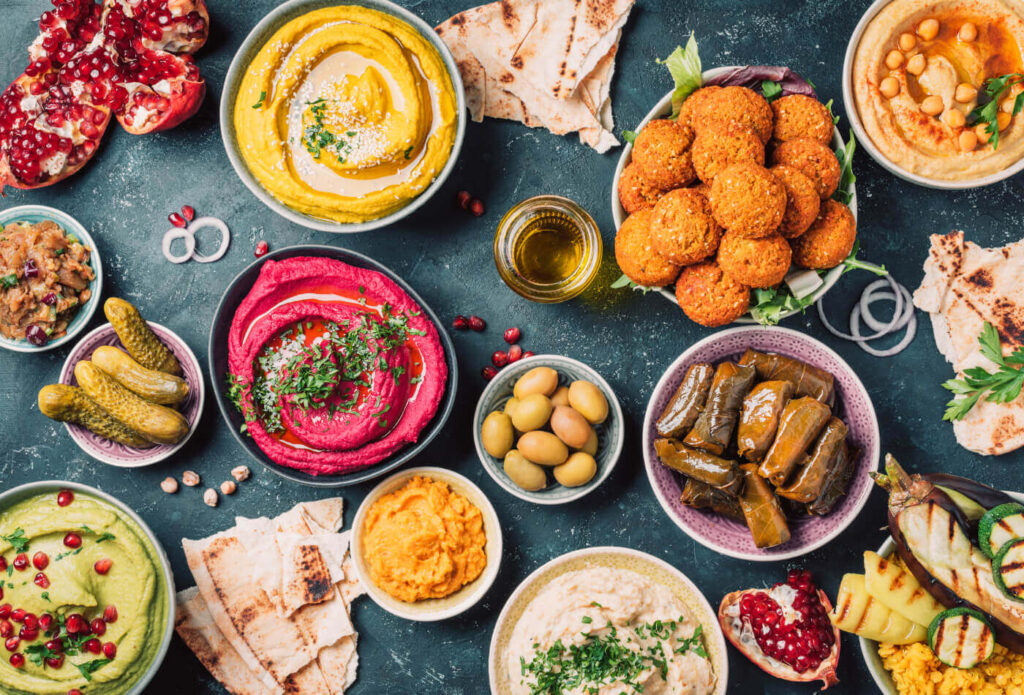
The whole Europe has been influenced by a plant-based diet, which is proving to be not only a viral trend but also a dynamic, long-term change in our daily diet. The number of vegans and vegetarians is steadily growing, and so the gastronomic offer that draws inspiration from both native recipes and recent discoveries from Instagram or TikTok. Although countries such as Greece seem to be closer to the taste buds of vegetarians, Polish cuisine also constantly surprises and offers a rich array of plant-based options even for the most demanding consumers.
For many centuries Greek cuisine has boasted a wide range of plant-based dishes – Greek salad, stuffed peppers or tzatziki are all well-known classics. But Greece doesn’t stop here and is increasingly introducing vegan moussaka based on lentils, delicious pea paste – fava and flan with plant-based drinks. The freshness and locality of fruit and vegetables and the growing interest in vegetarian substitutes contribute to the ever-increasing percentage of vegans and vegetarians in Greece.

Poland – a country rich in meat and all its products. Although this is still a common belief among Europeans, it is slowly becoming obsolete. Dumplings with cabbage and mushrooms, kopytka (potato dumplings), Silesian noodles, poppy seed cake or vegetable salad are just a drop in the ocean of vegetarian dishes, which have long reigned in Polish gastronomy. Gradually, one can also notice the vegan-friendly movement entering Polish homes, introducing modifications to traditional dishes. Gołąbki with buckwheat and lentils, baked beans with vegan meat substitutes, and even frikadelles made of cauliflower are generating positive feedback from many Polish consumers.
Undoubtedly, the pace of change in gastronomy in favour of plants leaves much to be desired. However, the speed at which the plant-based diet is spreading depends mainly on consumers influencing large catering corporations. Changes in nutrition should begin on plates in our homes, so let us not be afraid to delve into the history of our country’s cuisine, which often offers some recipes that satisfy more than one carnivore. Let us also remain open to the wave of incoming novelties from the world of plants, let us experiment, test and play with the dishes that the vegan-friendly market offers us.
